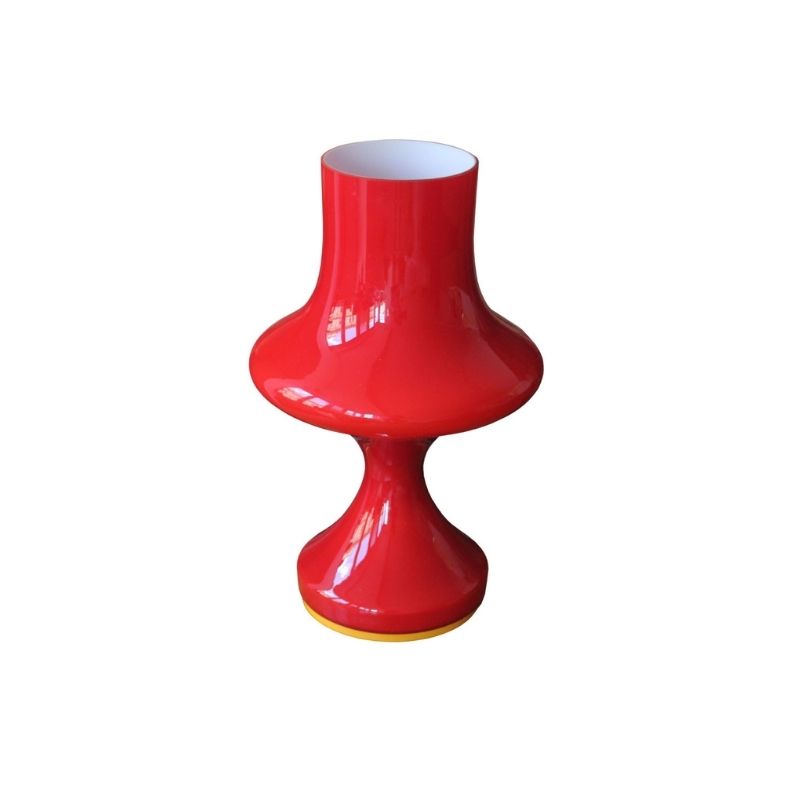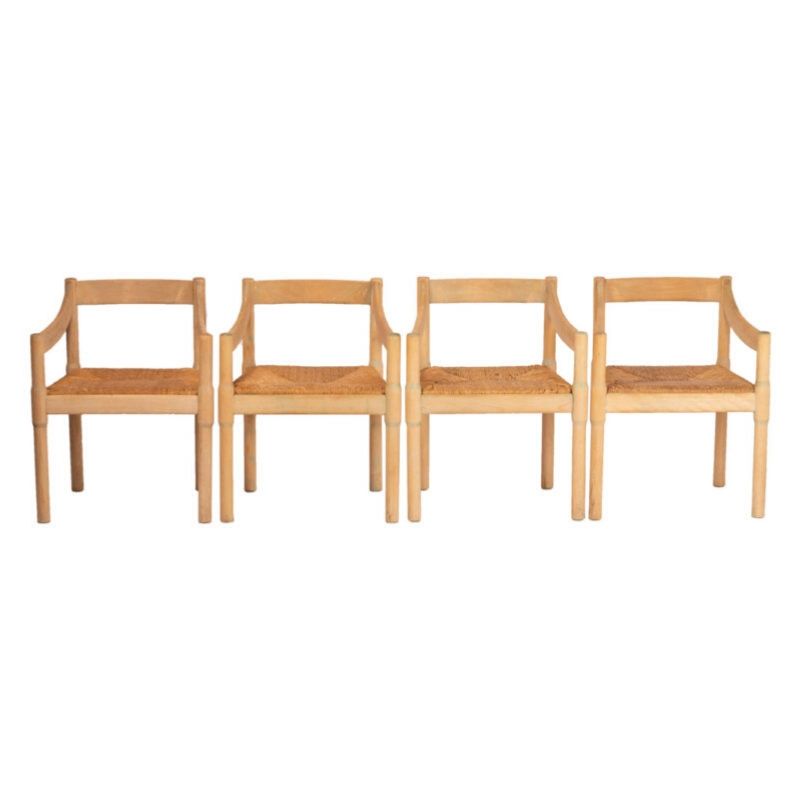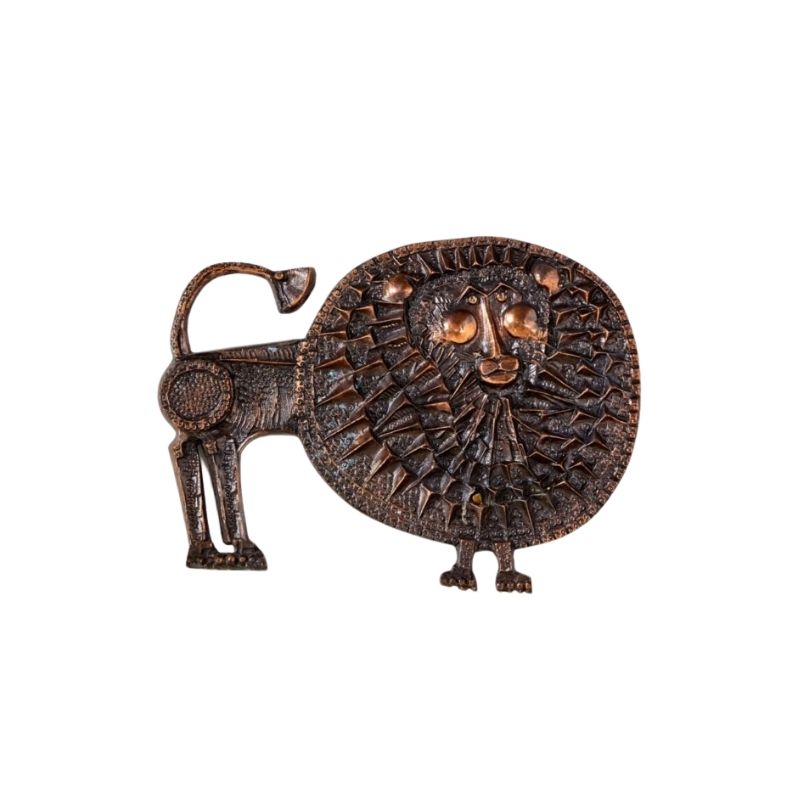Greetings!
I acquired a Papa Bear chair for restoration earlier this year and went through the process of restoring it. It has been re-upholstered at some point in its life.
unfortunately there was not a complete stamp to easy confirmation. So I documented the construction details and hoped you could have a look. I know there are some esteemed dealers and knowledgeable enthusiasts here. I also know not every one was stamped in the first years of production.
Thank you for your feedback!
@hmc Looks legit to me. The overall quality of the wooden construction, the different wood types, the way the legs are mounted, that’s how it was done back in the day. And: nice job!
"People buy a chair, and they don't really care who designed it." (Arne Jacobsen)
Leif/Zephyr actually reupholstered an old family Papa Bear himself, so is much more knowledgeable on the internal details than me. Three quick details that I always look for on upholstered Papa Bear chairs are 1) the 3x7 seat strap arrangement, 2) shape of the front and side seat rails, and 3) the wedged tenon joints of the front legs.
The latter detail, which is also used for the Papa Bear stool, is one of my favorite specific details in all of Danish Modern. While it pops up in a number of high end designs (e.g. Mogensen Hunting Chair, Wegner JH caned footstool, and many Peder Moos pieces), those are almost always featured exposed joints that highlight the cabinetmakerly construction. For the Papa Bear chair and stool, that detail is hidden and used primarily for strength and durability. I don’t believe any knockoffs used that detail.
If you need any help, please contact us at – info@designaddict.com









